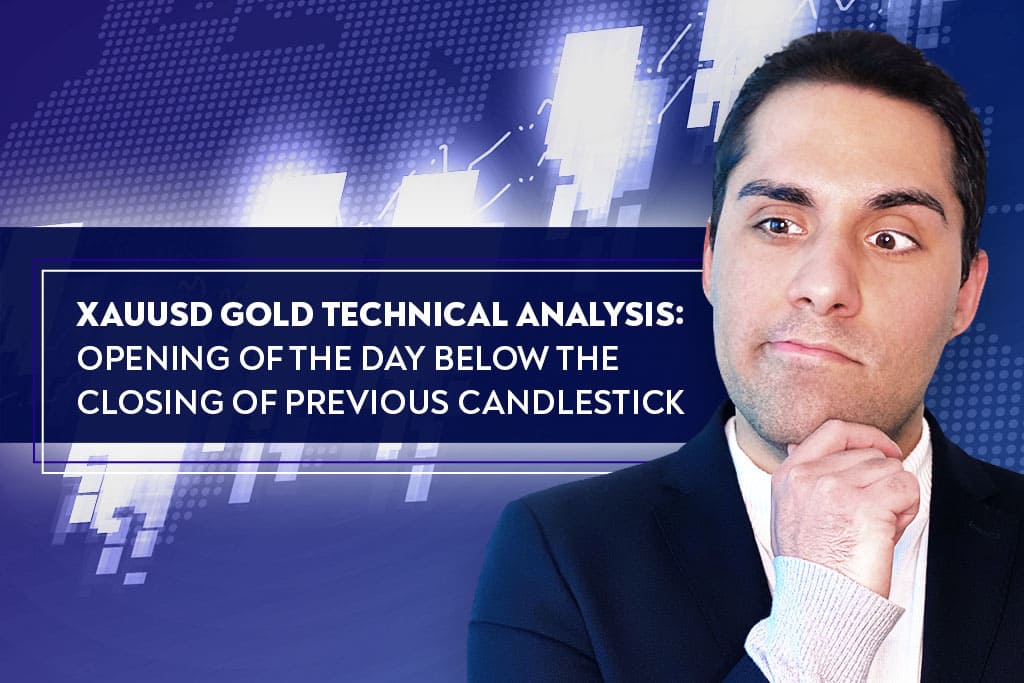As the week drew to a close, the foreign exchange market remained locked within a sideways trend. The US dollar continued its consolidation against the euro, with no significant shifts in market expectations concerning a potential pause in interest rate hikes, despite macroeconomic data and the Federal Reserve's head's statements.
Possible technical scenarios:
Judging by the look of things on the daily chart of the EUR/USD pair, consolidation persists below the resistance at 1.0592. A series of successively rising lows indicates the potential for a breakout of this level. Should consolidation occur above 1.0592, it could pave the way for further upward movement toward the level of 1.0707 marked with dotted lines. Conversely, an alternative scenario suggests a decline towards the support at 1.0448.
Fundamental drivers of volatility:
The pair's subdued dynamics are primarily attributed to the alignment with market expectations. The upcoming Federal Reserve meeting is widely anticipated to maintain the current interest rate, placing localized pressure on the US dollar.
Intraday technical picture:
As we can see on the 4H chart of the EUR/USD pair, an upward trend is taking shape. If this materializes and 1.0592 is broken out, the price may ascend within the channel, targeting the intersection with the dotted horizontal level of 1.0707.
Towards the end of the week, the GBP/USD pair experienced a mild downtrend, yet it is characterized by low volatility, and the existing fundamental factors are insufficient to induce a more pronounced depreciation.
Possible technical scenarios:
When examining the daily timeframe, it is evident that the GBP/USD pair continues its gradual descent within the descending channel. Should it consolidate below the level of 1.2146 that had been broken out and revisit the October 4 lows, this would pave the way for further movement towards the support at 1.1934.
Fundamental drivers of volatility:
In September, the UK Consumer Price Index remained stable at 6.7%, causing concerns for some investors that interest rates might increase. However, Governor of the Bank of England Andrew Bailey stated on Friday that the September inflation data closely aligned with the central bank's forecasts. Despite most economists predicting a decline, Bailey emphasized the notable decrease in core inflation, considering it a significant and encouraging development.
As far as the Federal Reserve is concerned, Powell's rhetoric remained moderate, leading market players to maintain their expectations of no rate hike at the upcoming meeting.
The consistent stance and limited monetary policy adjustments by central banks contribute to the pair's range-bound movement without a clear directional catalyst.
Intraday technical picture:
According to the 4H chart of the GBP/USD pair, the consolidation below 1.2146 appears uncertain. From a technical standpoint, a dip to the lows of Thursday's trading session is needed to substantiate further weakening.
The USD/JPY pair is currently navigating a tenuous situation, with the price approaching the psychological level of 150 yen per dollar. Even interventions by the Bank of Japan in the government bond market have proven ineffective in strengthening the yen.
Possible technical scenarios:
A closer examination of the daily USD/JPY chart reveals a cautious price uptrend throughout the week, inching closer to the 150 yen per dollar threshold. The situation is intricate because the US dollar continues to exert pressure on the Japanese currency, driven by rising US government bond yields. Simultaneously, market players harbor concerns that the Bank of Japan may engage in currency intervention to bolster the yen, thereby applying additional pressure on the currency pair. The immediate support level for USD/JPY remains at 148.45 marked with dotted lines.
Fundamental drivers of volatility:
Towards the week's end, the Bank of Japan intervened in the Japanese government bond market for the fifth time this month in response to the 10-year yield reaching a new ten-year high.
That being said, the Bank of Japan approaches its bond market interventions cautiously, as excessive intervention could potentially lead to yen depreciation against the dollar, approaching the critical 150 level, which many consider a threshold for foreign exchange intervention.
Intraday technical picture:
Judging by the unfolding situation on the 4H chart of the USD/JPY pair, we observe the formation of the horizontal trend, reflecting market players' hesitation. The strength of the level of 150 yen per dollar may be put to the test, but the Bank of Japan is likely to take action in such a scenario. Therefore, at this stage, a reversal of the pair remains the preferred technical scenario.




